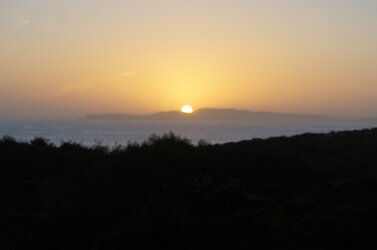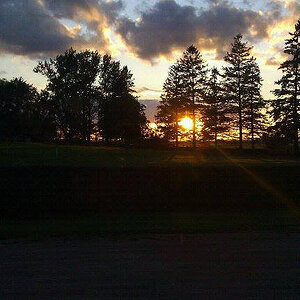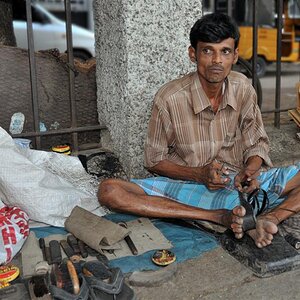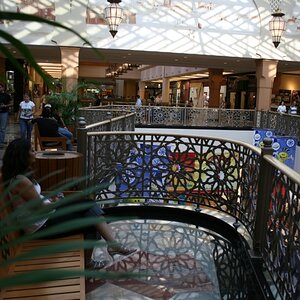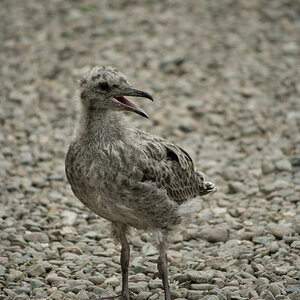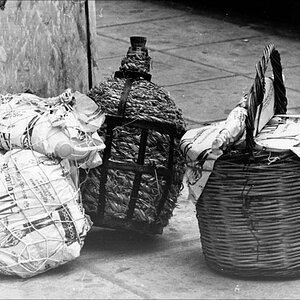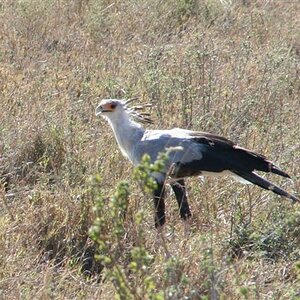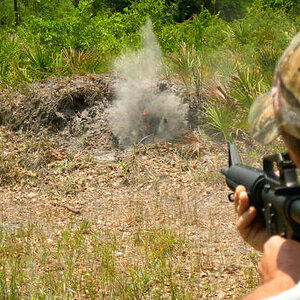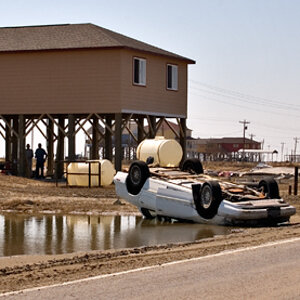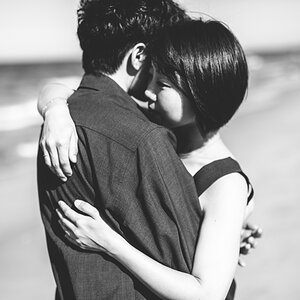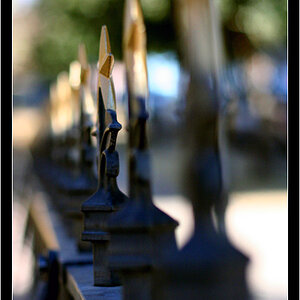tstrub
TPF Noob!
- Joined
- Oct 21, 2016
- Messages
- 6
- Reaction score
- 0
- Can others edit my Photos
- Photos OK to edit
Hi there, I've been struggling with several attempts to do some night photography - working with my Sony A6, I took a number of shots of the starry sky this past weekend using a number of different settings, and while I did get results, unfortunately the stars were not crisp, but rather each was a little bit of a blob (looked more like raindrops on a dark window rather than sharp starpoints) - the shots were taken via a tripod on a timer, so motion was not the problem. Wondering what I may need to do in future to correct this?
Thanks for any advice!
Thanks for any advice!


